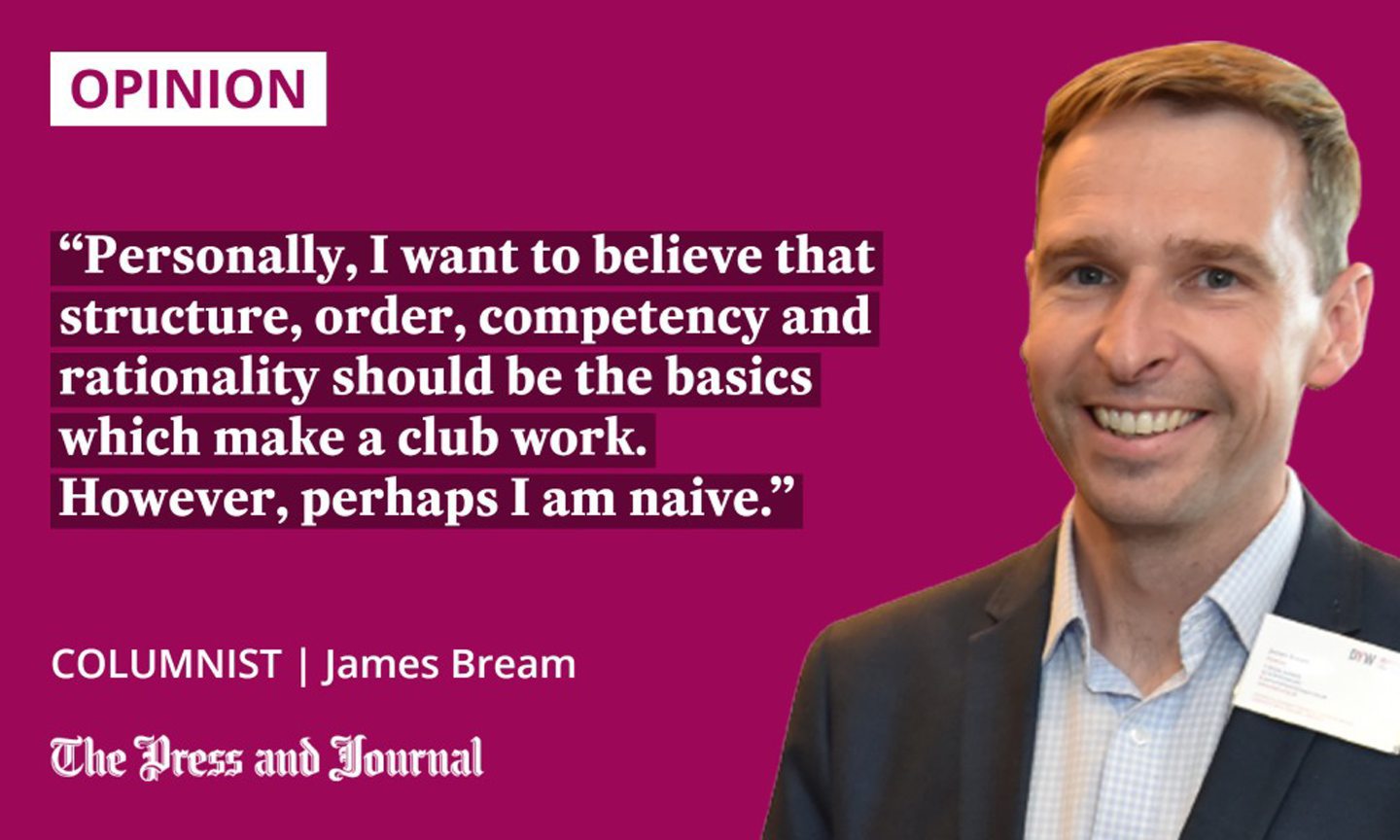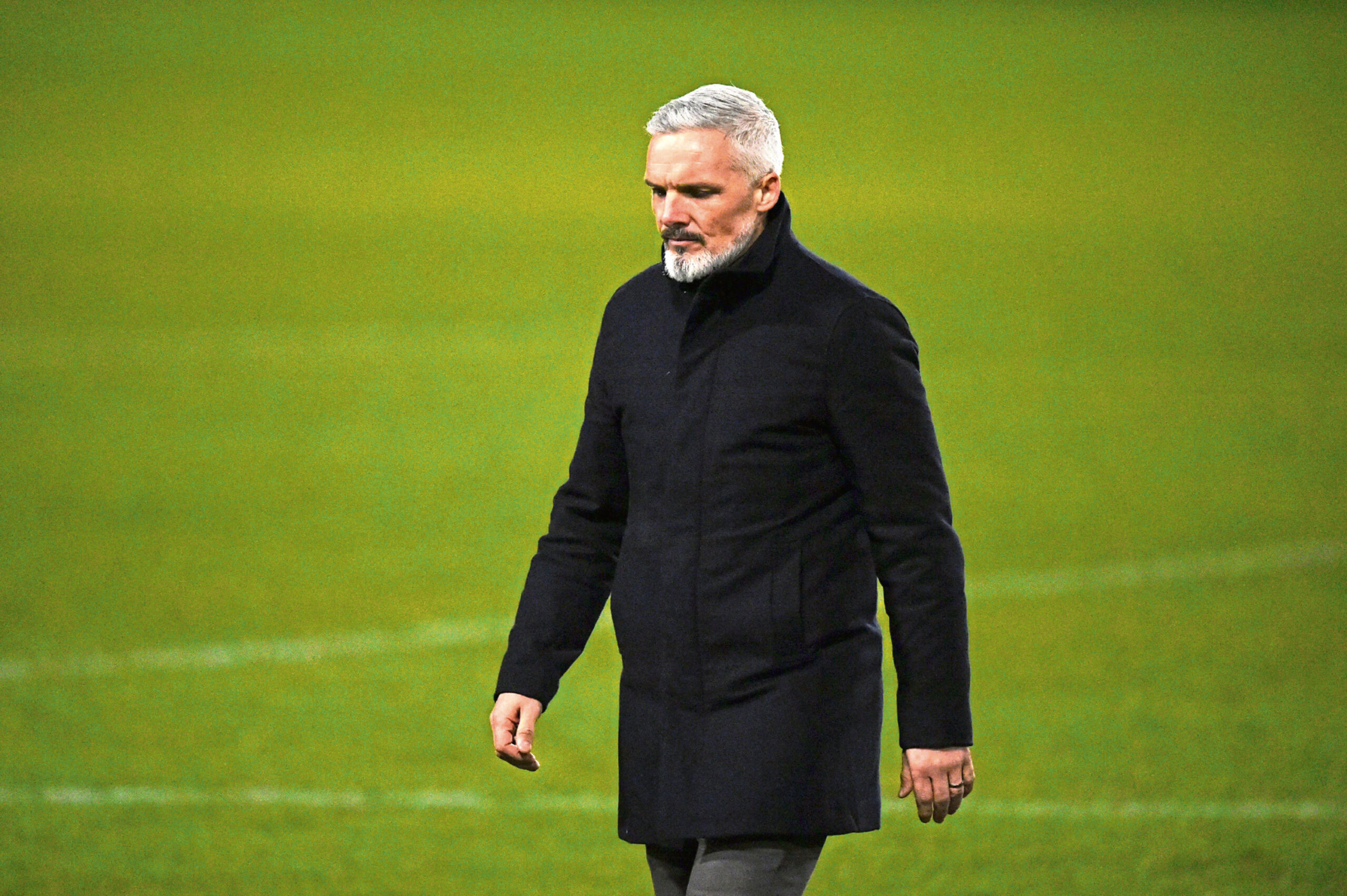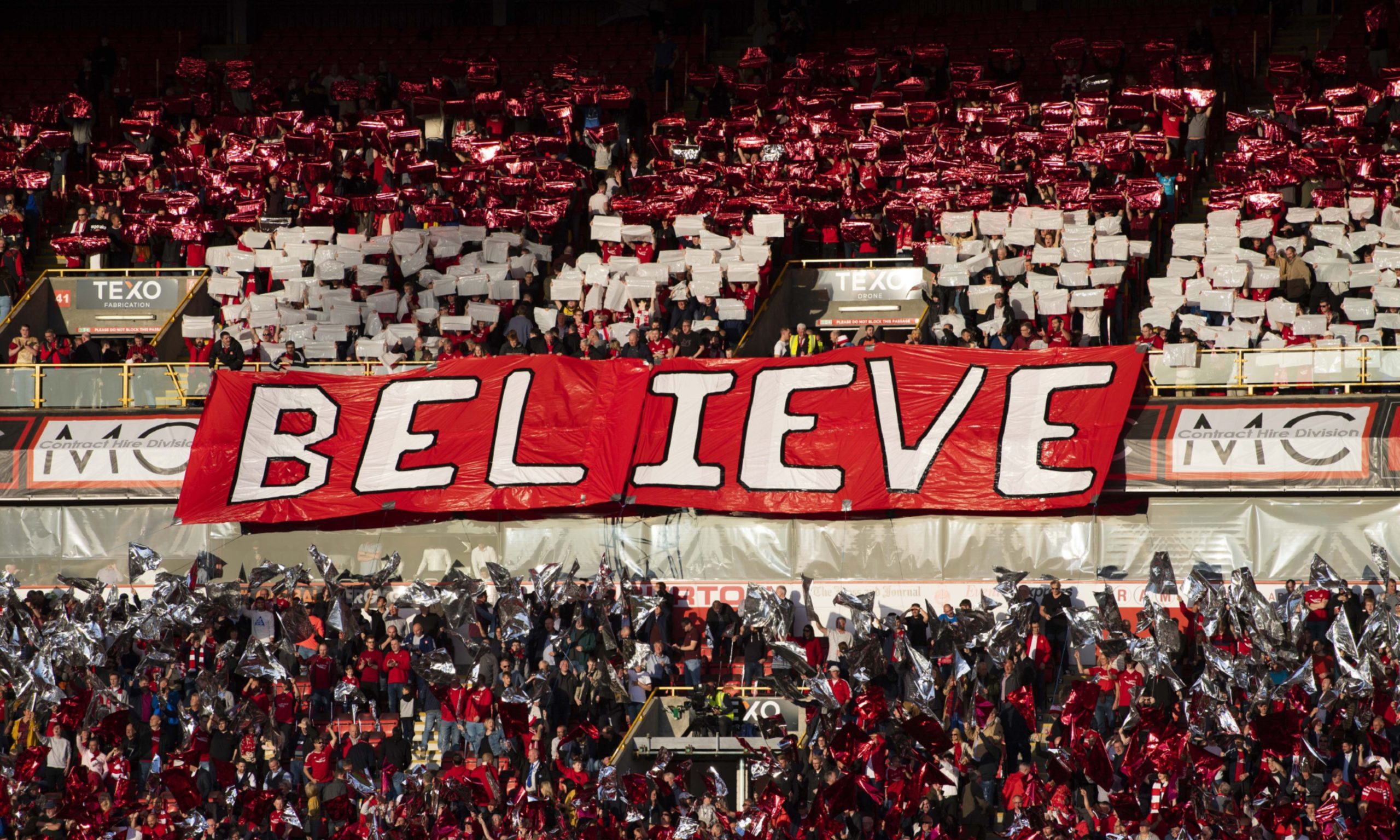The support for a team member in a business or a football club comes from above and below, writes James Bream.
Back in the last century, I completed my dissertation on the impact of pay-per-view TV on the English Premier League.
Bear in mind that, back then, pay-per-view TV wasn’t really a thing, we didn’t know if the internet was really going to catch on, and the top league scorer was Jimmy Floyd Hasselbaink. The beer of choice before matches was Red Stripe, and Fila made the coolest shoes.
The context for the research was to apply rational economic theory to the Premier League, look at it all through an evidence base and apply business-minded principles.

My supervisor was a gentleman called Professor David Bell, who is now a renowned economist. One thing he kept reminding me of was to ignore the football part of the research, and apply logic, evidence and all the theory he and other lecturers had taught me.
I concluded that pay-per-view TV (teams selling their own rights) would distort competition, and safeguards would need to be put in place. I suspect the work I did was pretty poor, but the conclusion was correct, and would be today, too.
As someone now running a business, I try to do what Professor Bell told me back then. Most of the time, it works – or, at least, I pretend it does!
However, as an avid football fan, I still look across at that sector and wonder if it is also just like any other business, or whether it is “different”.
Are the Dons in need of a strong and consistent strategy?
The last week has made me dwell on this. As a Dons fan, it’s been hard to be dispassionate when we are getting beaten 5 and 6-0. However, I still believe long-term thinking and good business practices are important.
Having a strong and consistent strategy is your starting point, and that should be supported with what all other successful businesses have.
Once the org chart is clear, then you’d set about putting competent people in post in each of those roles
In no particular order, I believe these things are as follows. The first after a strategy is a sound structure. I’d suggest, in a football club, at its simplest level, you have the football side of things and the operations – commercial, health and safety, sales, HR, and so on.
Once the org chart is clear, then you’d set about putting competent people in post in each of those roles. Competency in our world is defined by training, certifications and demonstrable experience.
Freedom and support in the right measures
Like any person running a business, the trick is then to give freedom and support in the right measures to let your team succeed. The freedom allows a safe space to perform, and accepts mistakes if new things or innovations are being tried.
The support comes where people are struggling, whether less competent than you thought, or in need of development or even new team members to help. No one comes to work to do a bad job, in my view, but sometimes people do need to be helped to perform.
The support for a team member in a business or a football club comes from above and below. In business, the term “psychological safety” is often used. The best companies have cultures where people are “safe” to talk, and their views are listened to, considered and acted on. This safety exists across all levels of an organisation, and gives the ability to create a supportive place to operate.
I’ve never worked in a football club, but know plenty who have, and I am not sure many have that environment. That said, I don’t believe it’s impossible to create that space or situation. It is important because it helps us all to be aware of when we can do better, and be honest about when we are struggling.
Fans are the brand
A final comparison between football and business is the role of “fans”. In the early 2000s, there was a lot work done on marketing and how business customers should be treated as fans.
The concept was basically that, if customers were fans, then they would have a greater sense of belonging to the product or service. Ultimately, this is what football clubs are all about – the fans are the brand, they own the brand, and they are part of the clubs’ success.
Personally, I want to believe that structure, order, competency and rationality should be the basics which make a club work. However, perhaps I am naive. Maybe football is just different, and Professor Bell and I are wrong. Though, as I have said before, economists are never wrong… Sometimes our timing is just off.
(Please note my efforts to avoid comments on owners, managers, employees, teams and much more which could create social-media meltdown. Maybe football clubs are different, after all.)
James Bream is CEO of Aberdeen-based Katoni Engineering and chair of DYW North East




Conversation